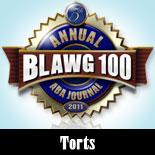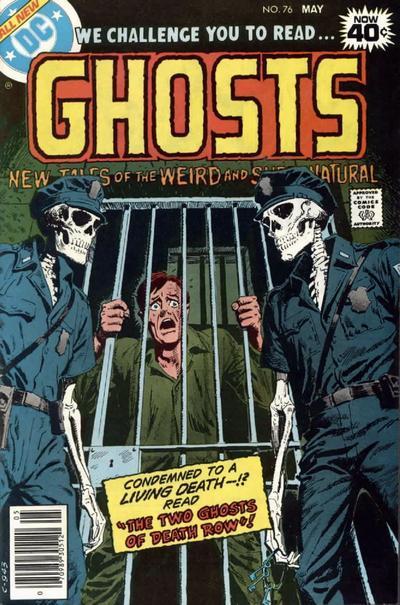Well, as we said recently in our “Seven Court Opinions That Cite The Great Gatsby” piece, we’re not turning into Buzzfeed, but we can’t resist these types of posts.
So, here are five courts which reference H.G. Wells’ “The War of the Worlds” (and/or the infamous Orson Welles radio play based on same).
1. In re B.C. Rogers Poultry, Inc., 455 B.R. 524, 548 (Bkrtcy. S.D. Miss. 2011).
“Before addressing the merits, the Court has two preliminary observations. First, the post-trial briefs, when combined, are 369 pages long with 1,272 footnotes. To put the length of the post-trial briefs in perspective, H.G. Wells’s WAR OF THE WORLDS is just over 300 pages without footnotes.”
2. Helcher v. Dearborn County, 595 F.3d 710, 724 (7th Cir. 2010) (citations omitted).
“Many of the nearby homeowners also wrote letters to the Board protesting the impact of such a structure on the scenery and on their property values. Bell and the Helchers provided photos taken largely from public roads but the Codys and other nearby residents presented views of the tower and the balloon test from farms and residences nearby. In the Codys’ altered photos, the tower rises up like a nineteen-story Martian machine from H.G. Wells’ ‘War of the Worlds,’ marring a landscape of forests and farms. The tower is not in any way disguised to resemble a more palatable structure, but stands out alone as an industrial blemish on an otherwise bucolic landscape. It is remarkably out of scale to any surrounding structures.”
3. United States v. Brahm, 520 F.Supp.2d 619, 626 (D.N.J. 2007) (citations omitted).
“The counterexample brought forth by Defendant that appears to have the greatest weight is the fictitious news broadcast with great inherent verisimilitude, such as Orson Welles’s ‘War of the Worlds’ broadcast. While the example of Martians with ray guns may not qualify as something within the reasonable belief required by the statute, it would represent the kind of intentionally false information anticipated by § 1038. A closer case, such as a fictitious broadcast of a terrorist attack on a major city with the goal of making a kind of political or artistic statement, causes greater concern, as there may be some expressive, protected speech of that type might be affected by § 1038.”
4. State v. Weary, 931 So.2d 297, 333 and n.3 (La. 2006) (Weimer, J., concurring)
“Patricia Cowart is another juror that the defendant challenged for cause based on her fixed opinions about the case. Cowart testified that she formed her opinions based on her exposure to pre-trial publicity and did not think that she could put them aside and make a decision based solely on the evidence presented at trial. Based upon Cowart’s response, the trial judge attempted to rehabilitate Cowart by making a reference to Orson Welles’ War on the Worlds FN3 and asked her if she could base her opinion on the facts and the evidence presented at trial.
FN3. The trial judge noted that Welles performed a radio show about a purported Martian invasion of Earth and that many people believed it to be true until a few days after the performance. However, they soon realized that it was a hoax based upon facts that they learned or experienced after the radio broadcast.”
5. Yovino v. Fish, 539 N.E.2d 548, 549 (Mass Ct. App. 1989)
“It was not exactly ‘The War of the Worlds,’ but some listeners were taken in. On July 16, 1982, a ‘talkmaster,’ Jerry Williams, broadcasting over radio station WRKO-AM, interviewed a comic who impersonated then mayor of Boston, Kevin H. White. ‘His Honor,’ the honorific which Williams lavished upon his guest, took calls from the radio audience. He pretended to be the mayor, although greatly exaggerating the mannerisms of the persona of the real mayor. Broad as the caricature may have been, the impersonator induced a flurry of phone calls to City Hall in which the callers made unflattering observations about what the ‘mayor’ was saying on the air. While the show was still in progress, the true mayor’s press secretary was moved to lodge a protest by telephone with the management of the radio station. Williams did not identify his guest as an impersonator until well into the program, an alarmed station management having ordered that be done.”
BONUS: Welles v. Columbia Broadcasting System, Inc., 308 F.2d 810 (9th Cir. 1962) in which Orson Welles himself litigates “The War of The Worlds.”


















